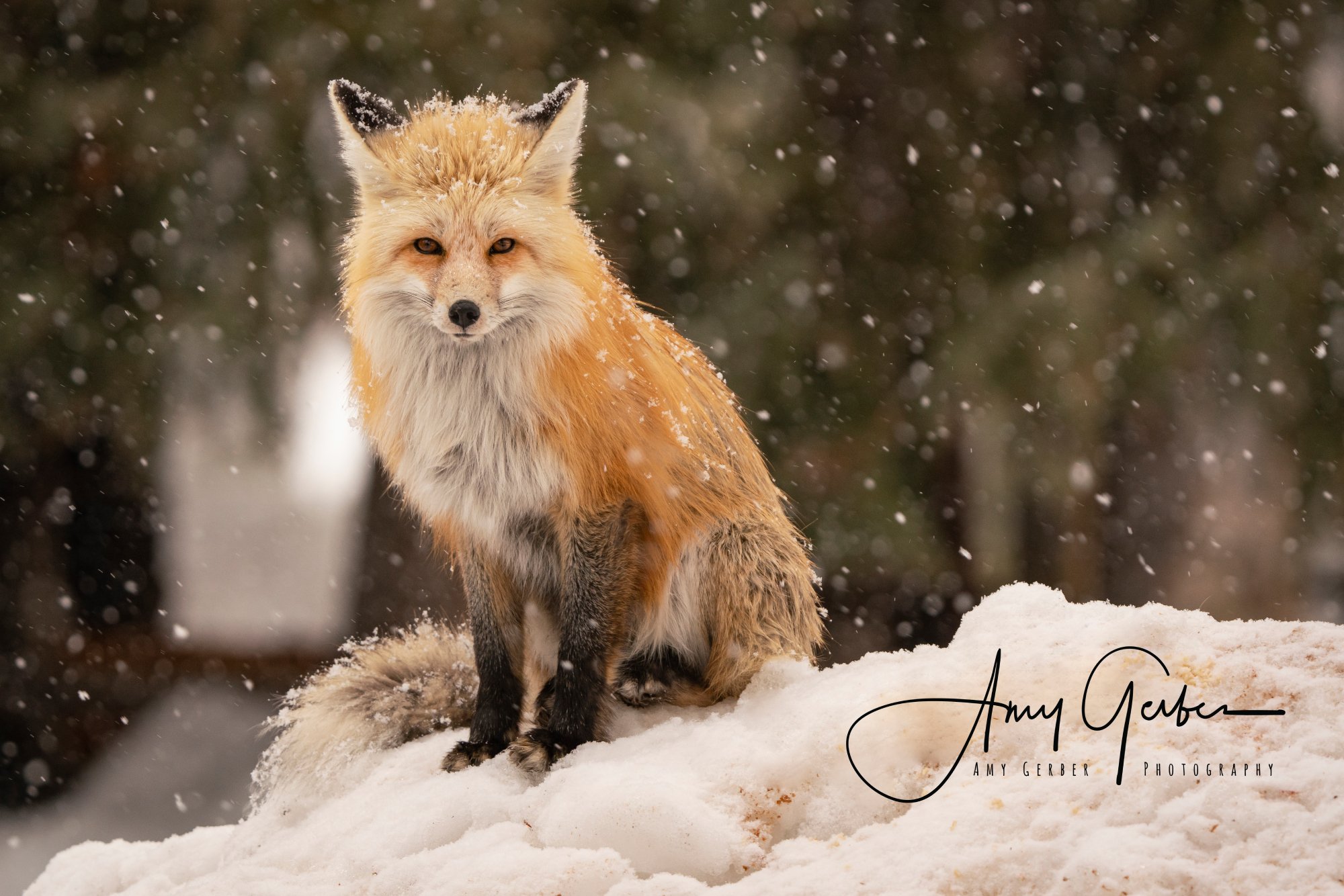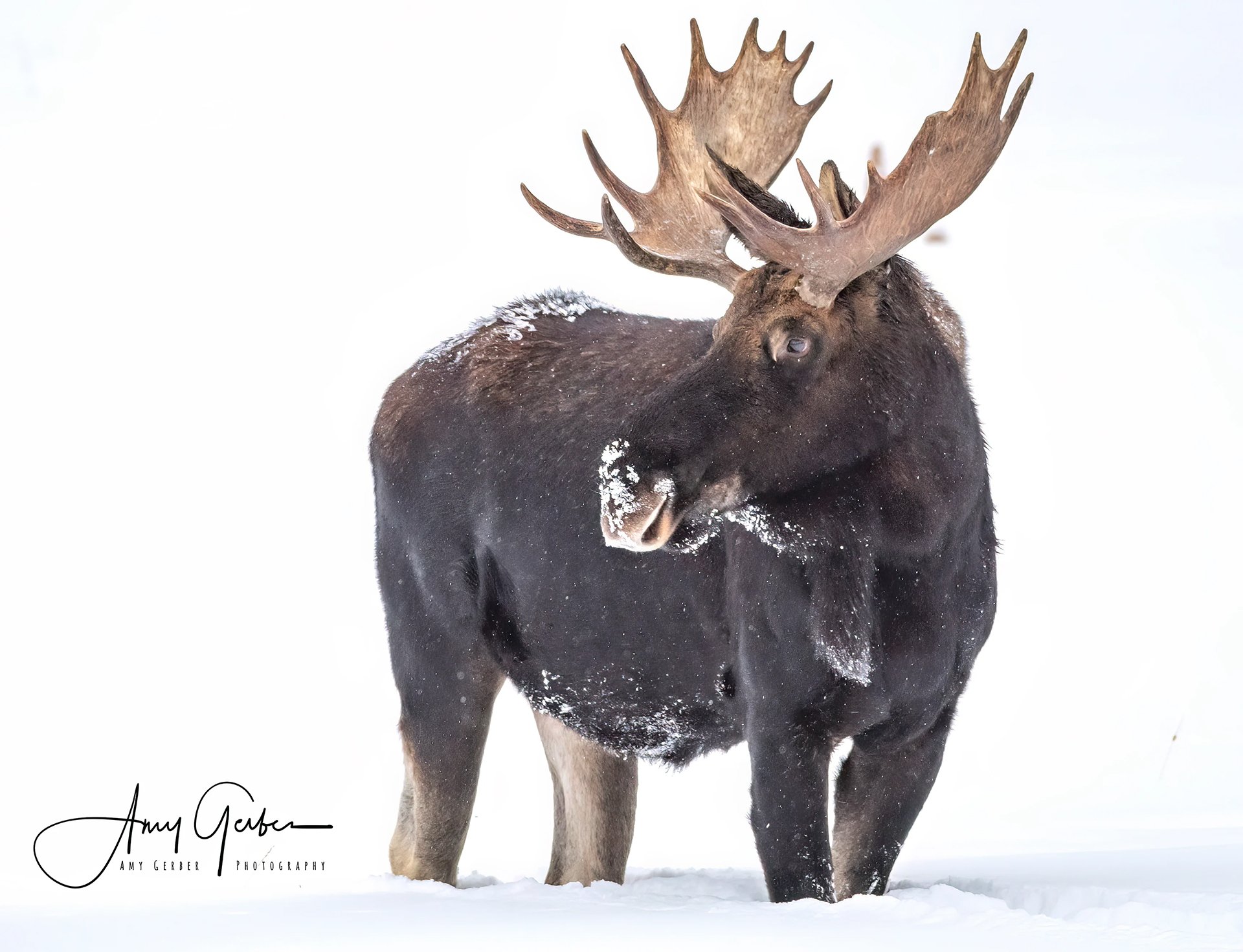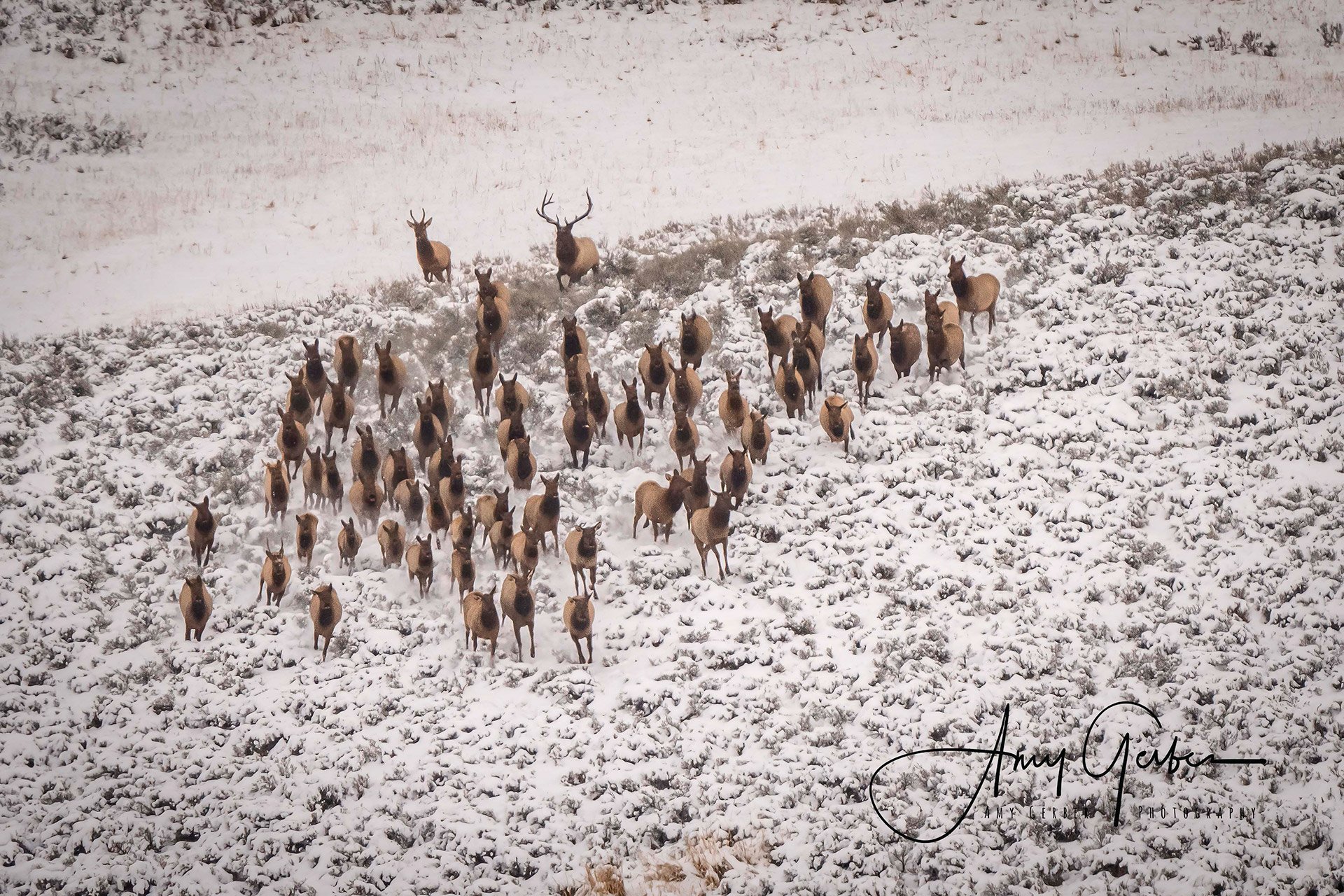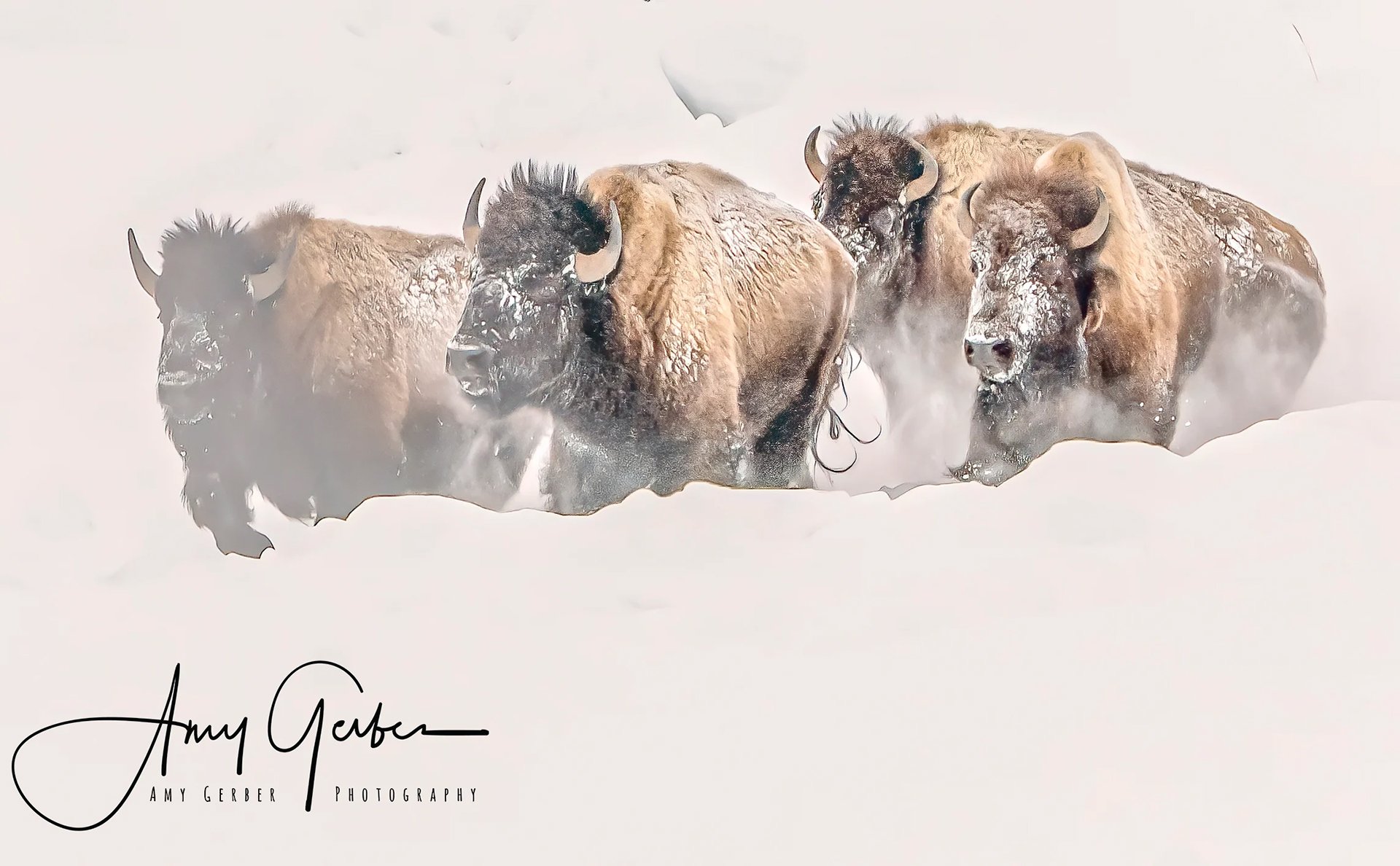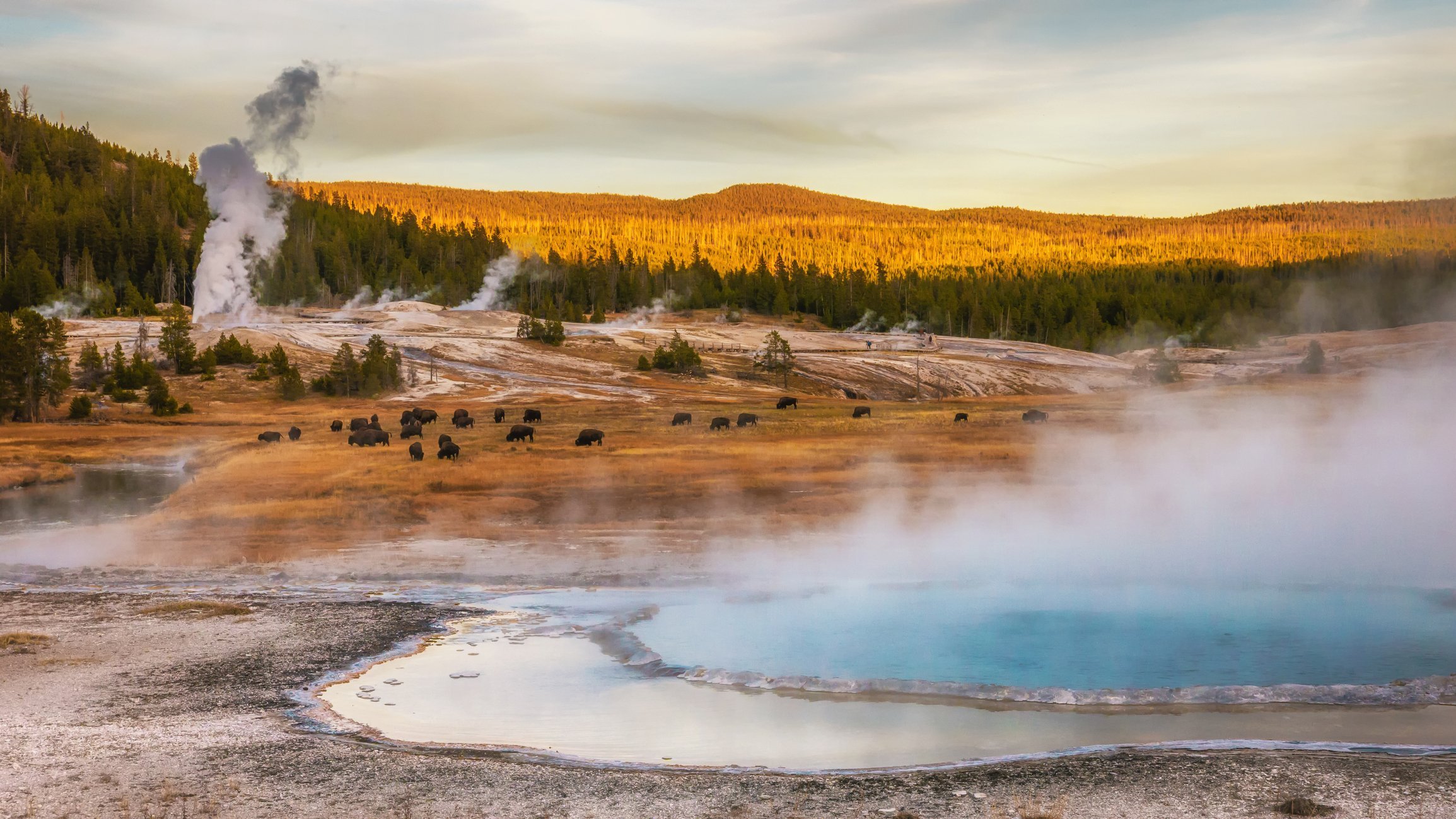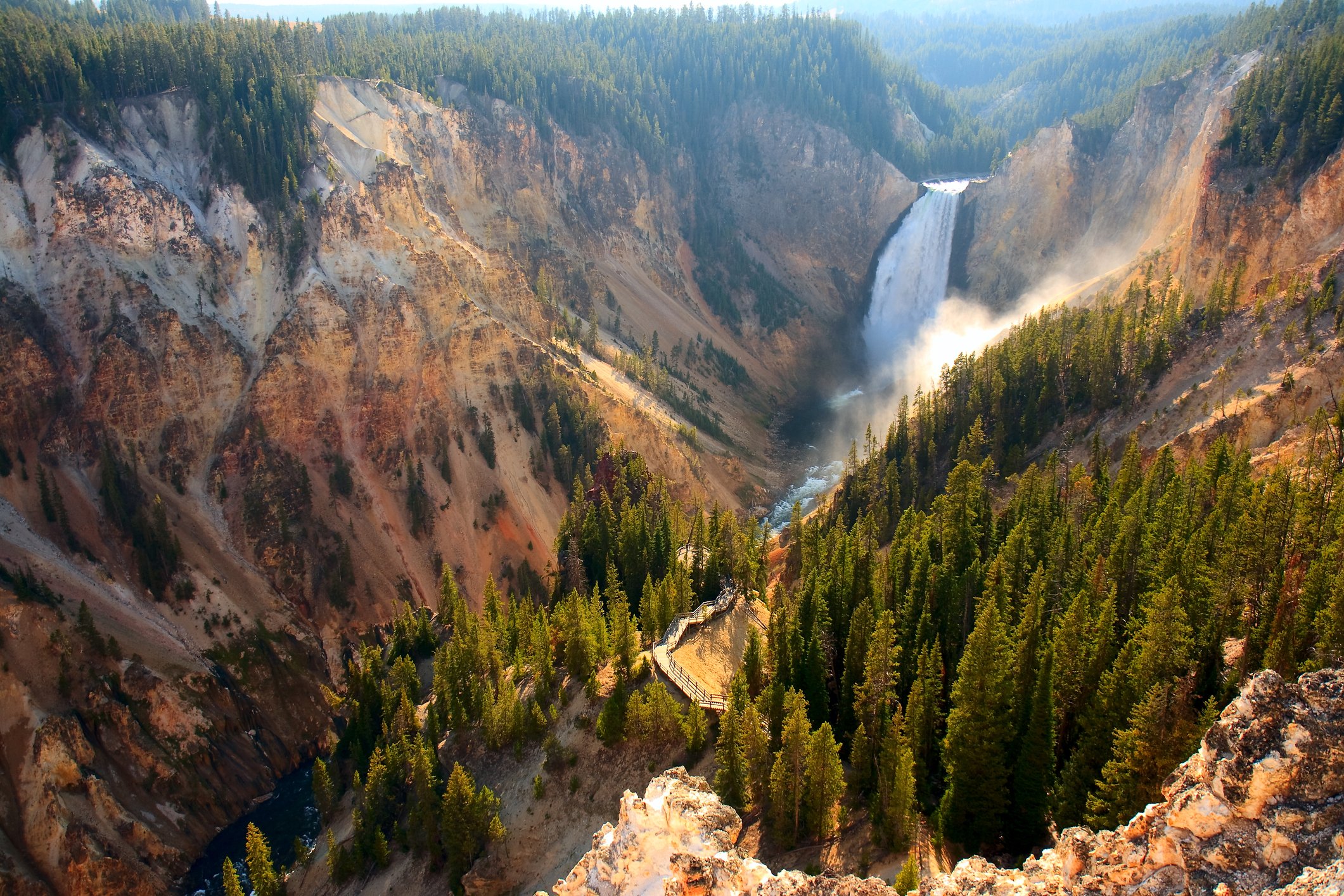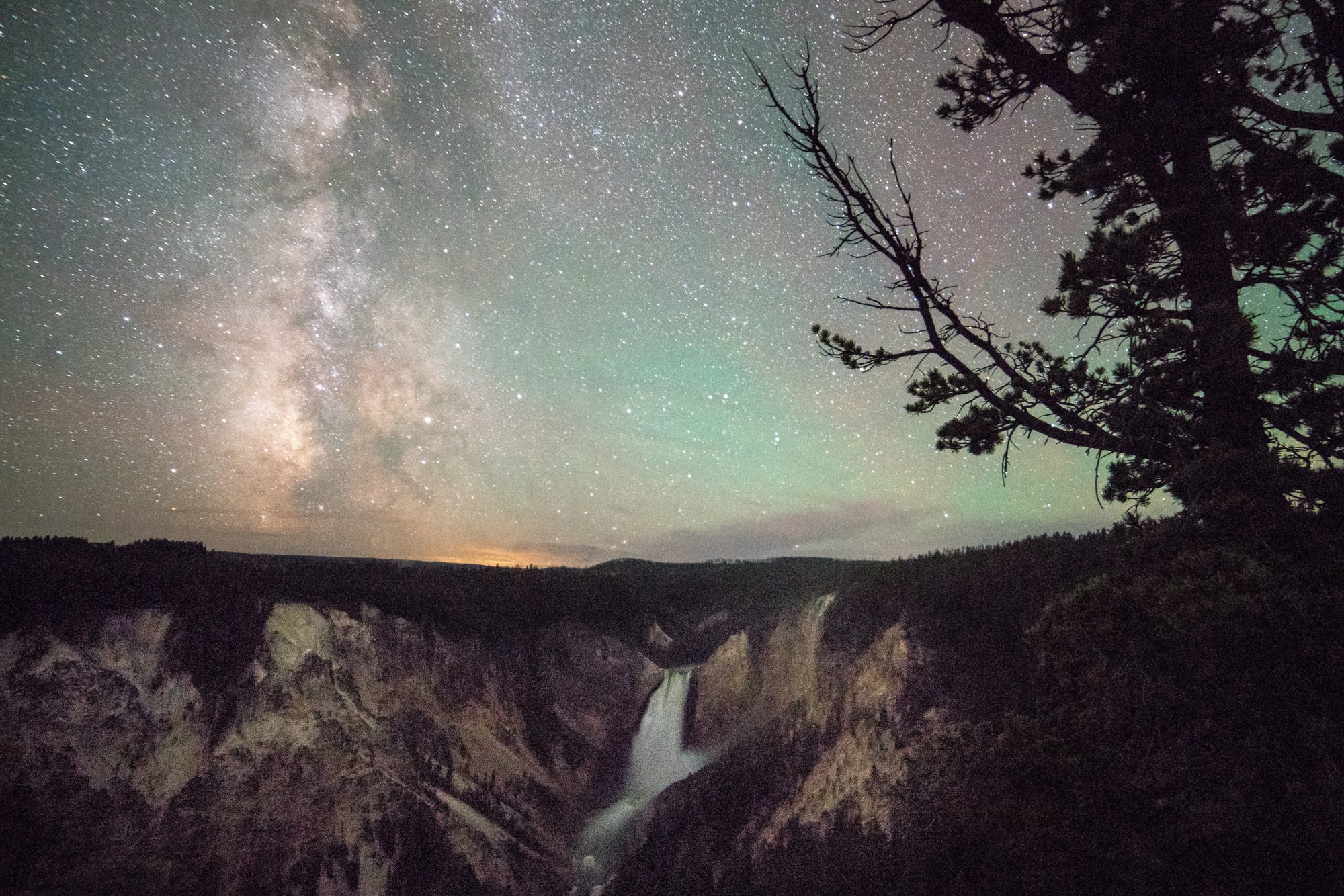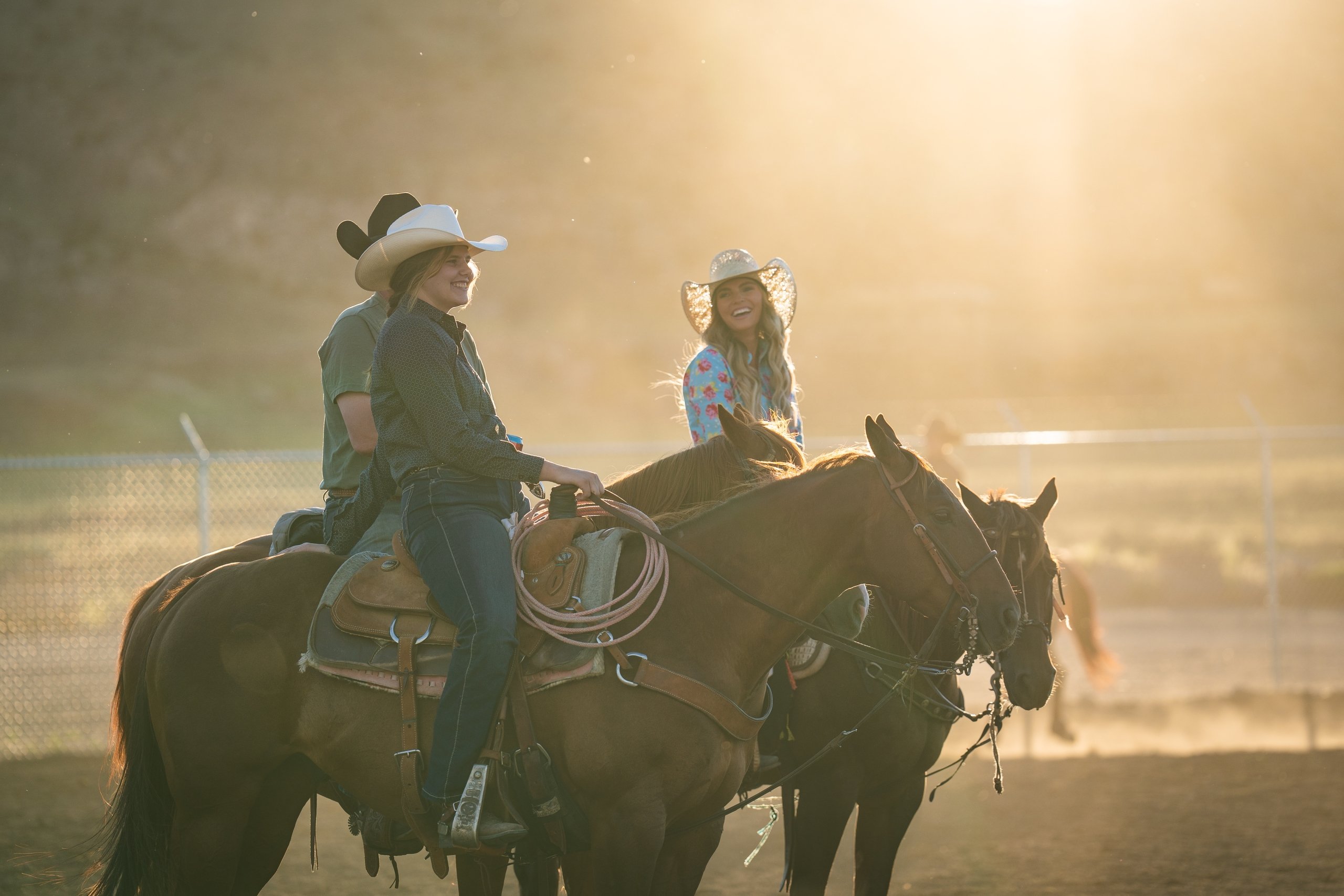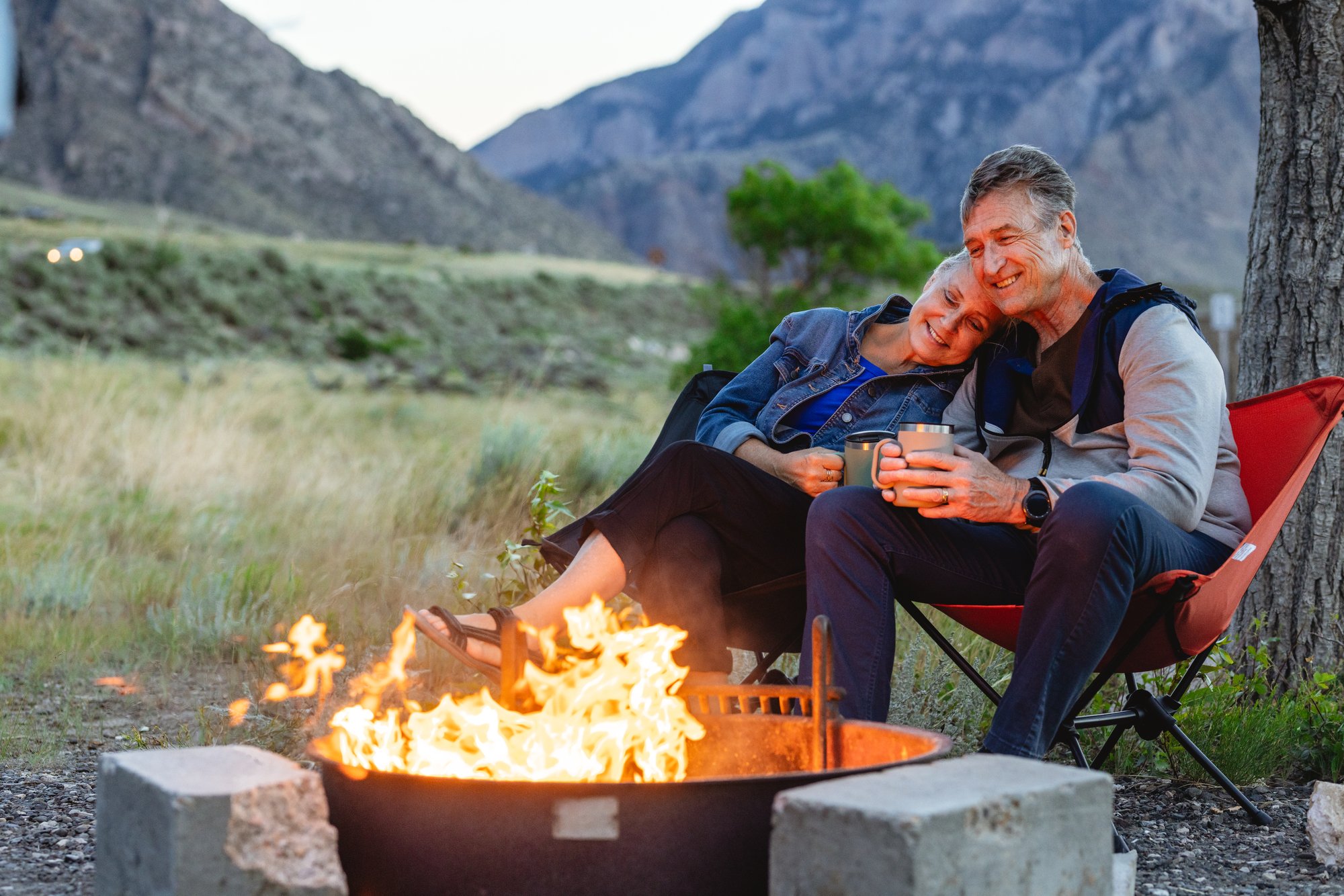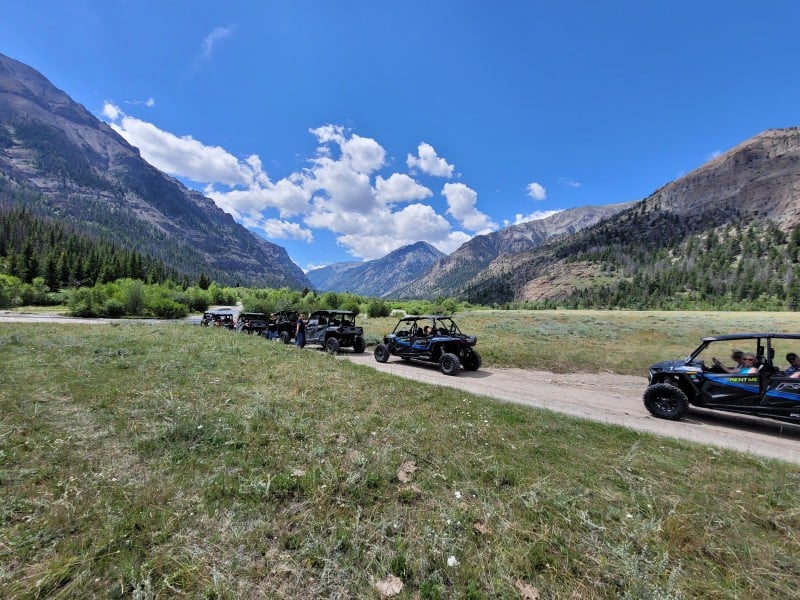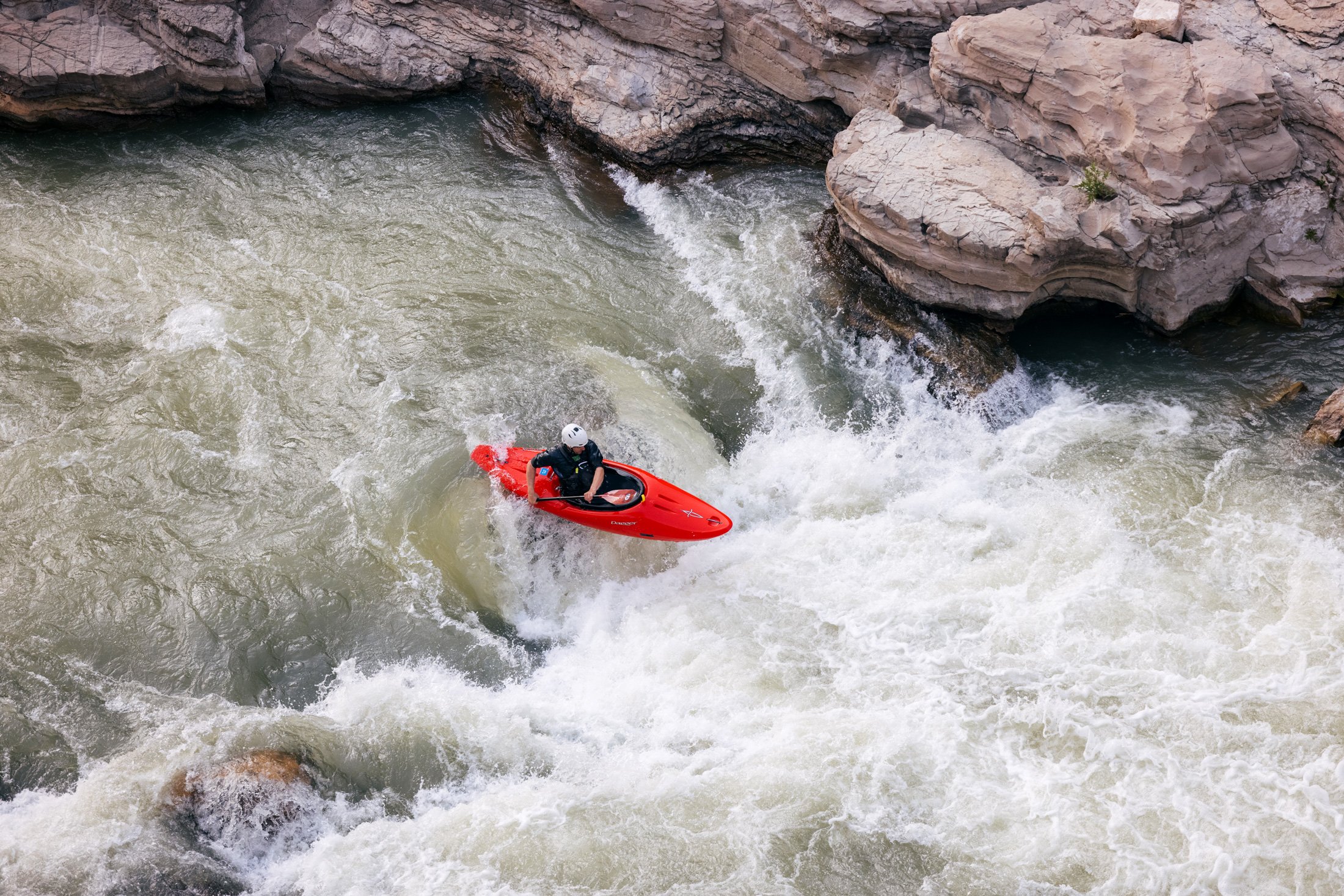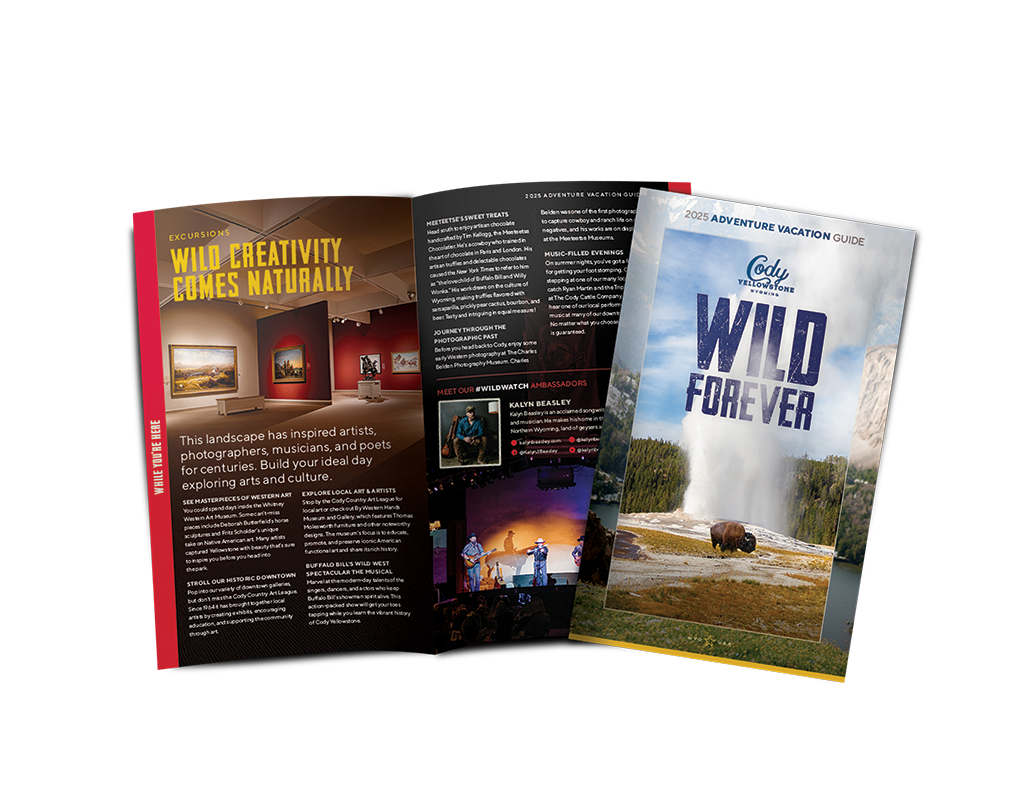April 14, 2025
With endless forests, valleys, frosty wildlife and snow-covered trees, winter is prime time for outdoor photography in and around Yellowstone National Park.
Photographers come from around the world to capture winter-season images from the world’s first national park and surrounding regions such as Cody Yellowstone, the region to the east of the park that includes the gateway community of Cody, parts of the park and the Shoshone National Forest, the world’s first national forest.
“There is a reason locals call Cody Yellowstone a ‘winter wonderland,’” said Ryan Hauck, executive director of Cody Yellowstone. “With endless frosty landscapes, abundant wildlife and strange, geothermal-related formations, Cody Yellowstone should be on every photographers’ top destination lists.”
